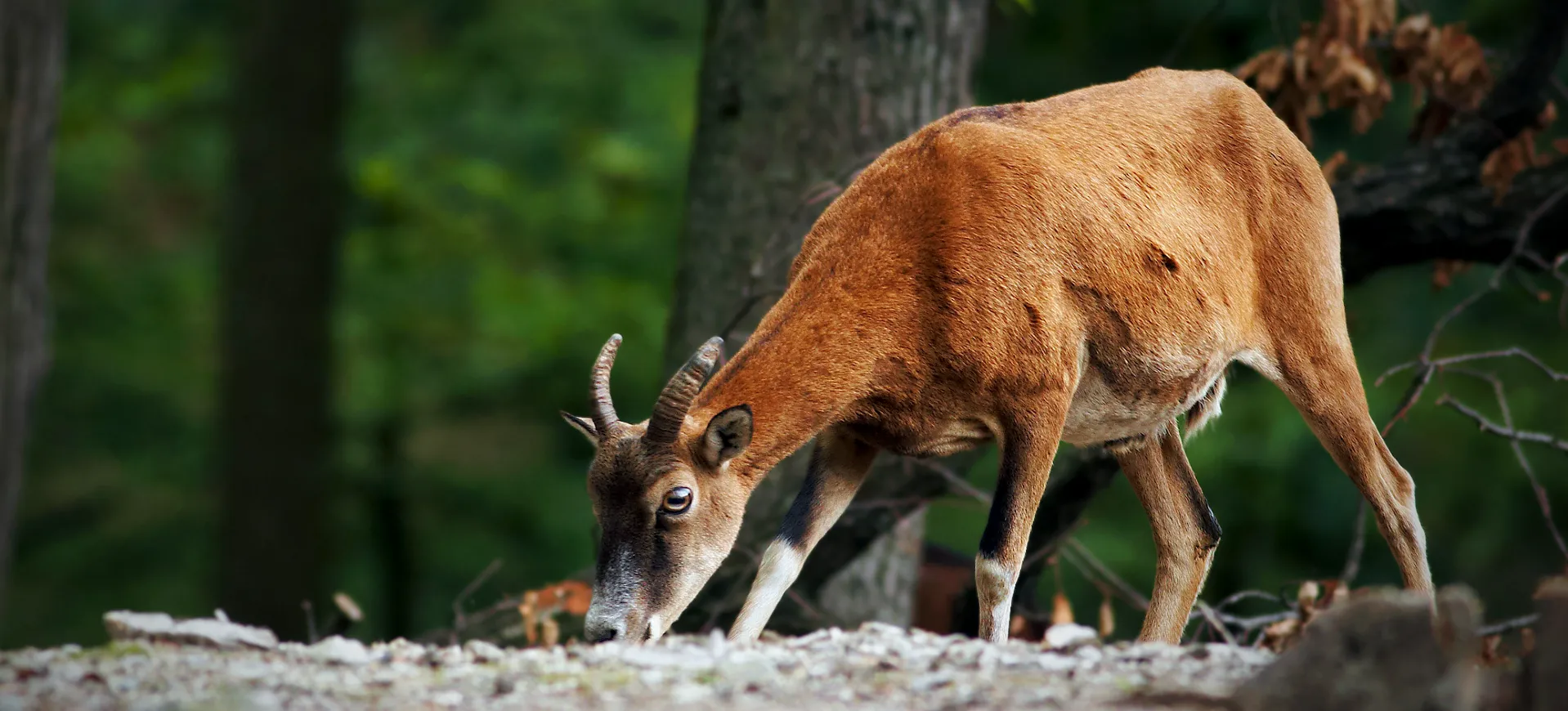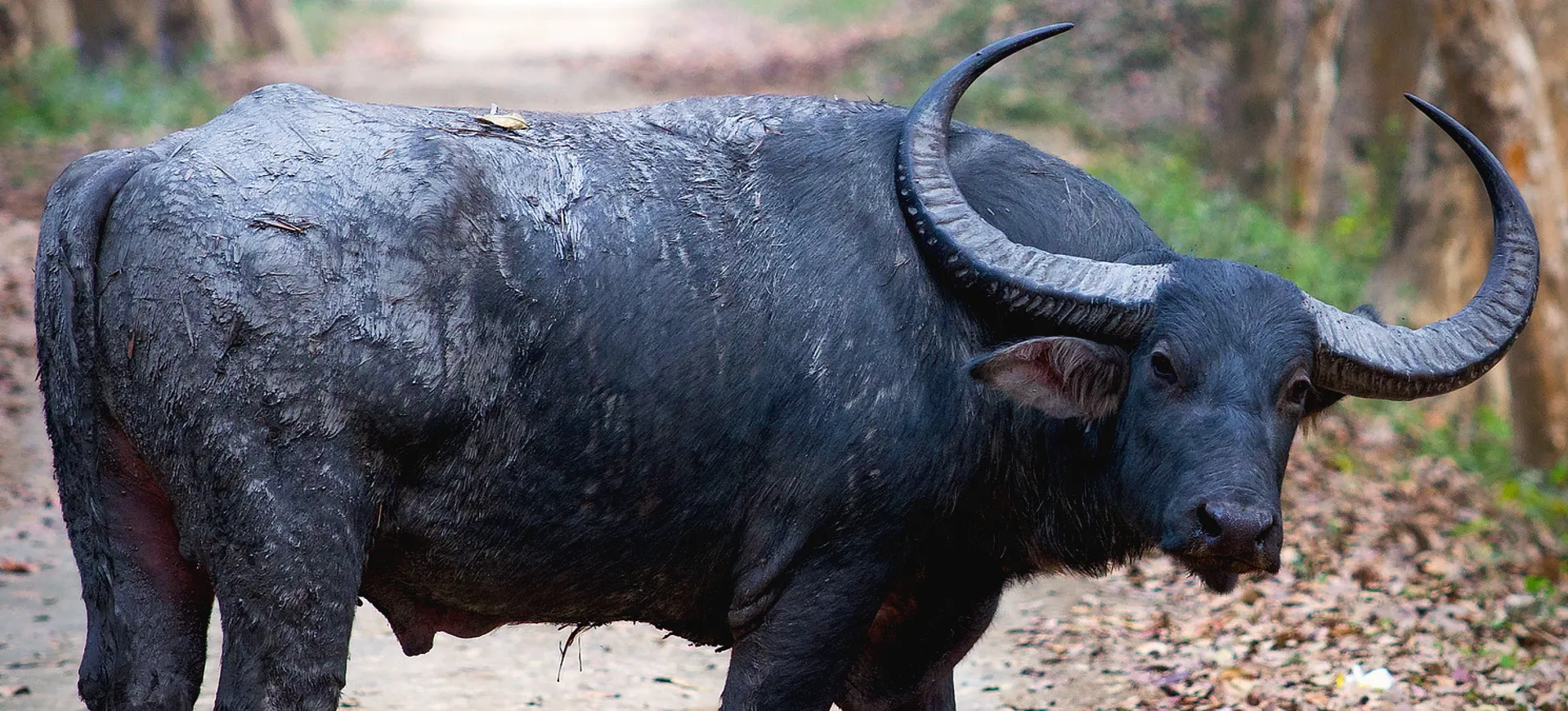Overview
The Nile Lechwe is a remarkable antelope species in marshes along the White Nile and other Nile tributaries. They are medium-sized, with striking physical characteristics that differ between males and females. Males typically have darker coats, long spiral horns, and white patches on their faces and chests.
These antelopes have adapted perfectly to their wet environment, possessing specialized hooves that enable them to run in muddy terrains without getting stuck. The marshlands where the Nile Lechwe resides are replete with vegetation, providing a rich food source for the species. Due to human activities like agricultural expansion and hunting, they are currently considered vulnerable species.
Their behavior also sets them apart from other antelope species, as they are more social and live in mixed-sex groups for most of the year. The groups may vary in size, and during the mating season, males become territorial, attempting to collect as many females as possible within their territories.
Taxonomy
Kingdom
Phylum
Class
Order
Family
Genus
Species
Type
Physical Description:
The Nile Lechwe’s appearance is a curious blend of grace and strength. Males are particularly impressive, with a dark reddish-brown coat, long curved horns, and distinct white facial markings. Females, on the other hand, exhibit a paler golden-brown hue and are hornless.
Their long and thin legs, specially adapted hooves, and medium size enable them to easily navigate their swampy habitat. The Nile Lechwe’s body is built for endurance, not speed, and their unique physical features facilitate their survival in their chosen environment.

Lifespan: Wild: ~12 Years || Captivity: ~15 Years

Weight: Male: 200 lbs (91 kg) || Female: 150 lbs (68 kg)

Length: Male: 50 inches (127 cm) || Female: 45 inches (114 cm)

Height: Male: 36 inches (91 cm) || Female: 30 inches (76 cm)

Top Speed: 40 mph (64 km/h)
Characteristic:
Native Habitat:
The native habitat of the Nile Lechwe is confined to the marshes and floodplains along the White Nile and its tributaries. They are highly adapted to wetland living, and their daily activities and behaviors reflect this special adaptation. They require access to grasslands for grazing and water for protection and cooling, utilizing the marshes as a refuge from predators and a source of sustenance.
A loss of wetland habitat due to dam construction, drainage for agriculture, and other human activities is a major concern for the species. These activities have led to the shrinking of their natural habitat, threatening their survival and creating a more challenging environment for them to thrive. Efforts to conserve their native habitats through legislation, habitat management, and community engagement are essential for the survival of this unique antelope, as they depend heavily on the specific conditions of their wetland homes.
Climate Zones:
Biomes:
Biogeographical Realms:
Continents:
Countries:
Diet:
Diet & Feeding Habits:
The Nile Lechwe predominantly grazes on the lush vegetation in their marshy habitats. They consume a variety of grasses, reeds, and other aquatic plants, with a diet that varies according to the availability of different plant species. The Nile Lechwe has been observed to show preferences for certain vegetation types during specific seasons, indicating flexibility in their dietary choices.
Although primarily grazers, they may also consume leaves and shoots from bushes and trees, adding diversity to their diet. Their diet and specialized foraging behavior enable them to thrive in the wetlands, adapting to the unique challenges of their environment. However, habitat destruction, particularly the loss of wetlands due to human activities, poses a significant threat to their food supply and overall survival.
Mating Behavior:
Mating Description:
Mating in Nile Lechwe is a seasonal affair, with the rut taking place during the rainy season, aligning with food availability and optimal conditions for raising offspring. Males become territorial during this period, marking their chosen areas with scent markings, such as urine and secretions from glands on their faces. They fiercely defend these territories against rivals, engaging in physical combat and displays of strength to establish dominance and attract females.
Females are courted aggressively by the males, who use various strategies such as posturing, vocalizations, and physical displays to woo potential mates. Mating occurs within the male’s territory, often following a ritualized sequence of behaviors that temporarily strengthens the pair’s bond. After mating, females leave the territory to prepare for the birth of their young, and males may mate with multiple females during the season, each female only mating once per season. The mating rituals of the Nile Lechwe provide fascinating insights into their social dynamics and survival strategies, reflecting their adaptation to their unique environment.
Reproduction Season:
Birth Type:
Pregnancy Duration:
Female Name:
Male Name:
Baby Name:
Social Structure Description:
The Nile Lechwe exhibits a social structure that includes mixed-sex and all-male groups, showcasing a complex social dynamic that varies according to the time of year and individual needs. Outside the mating season, they are often found in mixed herds, grazing and moving together, providing safety in numbers and utilizing various members’ vigilance to detect predators. This formation allows them to exploit the best feeding areas and fosters social bonds, an essential aspect of their survival strategy.
During the mating season, males establish territories and gather females to mate, actively defending these territories against rival males and displaying a shift in social behavior to meet reproductive goals. Non-territorial males, especially younger or less dominant ones, may form all-male groups, reducing competition and conflict during this intense period. This social structure reflects the species’ ecological needs and mating strategies, allowing them to optimize their chances of survival and reproductive success, and provides insights into their behavior, ecology, and evolution.
Groups:
Conservation Status:
Population Trend:
The Nile Lechwe population is primarily found in South Sudan and Ethiopia, where they inhabit the unique marshy landscapes along the White Nile and its tributaries. Despite being well-adapted to their wetland habitat and thriving in the specific ecological conditions provided by these areas, their numbers are declining due to human activity. Urban expansion, conversion of wetlands to agricultural land, and other anthropogenic changes are encroaching on their native habitat, leading to decreased available living space and food sources.
Agriculture, particularly the drainage of wetlands for farming, hunting for meat and trophies, and habitat fragmentation due to infrastructure development, are primary threats to the Nile Lechwe. These activities disrupt the ecosystem’s delicate balance and expose the Nile Lechwe to increased competition and predation. Conservation efforts are underway to safeguard the Nile Lechwe, including establishing protected areas and community-based initiatives. Still, challenges persist, and more focused action and robust monitoring and enforcement are needed to stabilize and perhaps increase their numbers.
Population Threats:
The Nile Lechwe faces significant threats in the wild, primarily due to human activities that disrupt their natural habitat and way of life. Agriculture, specifically the drainage of wetlands for farming and irrigation, poses a significant risk, as it destroys the vital habitat of this species, affecting their food supply and shelter. This loss of habitat, coupled with other land-use changes, has placed the Nile Lechwe in a vulnerable position, with fewer safe areas to thrive and reproduce.
Additionally, unregulated hunting for meat and trophies has led to localized extinctions in some areas, reducing their numbers and genetic diversity. This practice, often driven by market demands and lack of enforcement of wildlife protection laws, targets males and females, further exacerbating the population decline. These combined threats of habitat destruction and overhunting have resulted in a decreasing population trend, making conservation efforts vital to the species’ survival, protecting their habitat and regulating hunting to sustainable levels.
Conservation Efforts:
Conservation efforts for the Nile Lechwe have included establishing protected areas, such as national parks and wildlife reserves, where their unique habitat is preserved and monitored. Implementing management strategies to reduce human impact, such as controlling land use, restricting hunting, and promoting sustainable agricultural practices, forms part of a comprehensive plan to support the species. Education and community engagement initiatives are also essential, involving local communities in the stewardship of the land and ensuring understanding and support for conservation initiatives, thereby creating a synergistic relationship between humans and the environment.
However, challenges remain in fully implementing and enforcing these measures, often due to a lack of funding, resources, or political support. Legal and regulatory frameworks may be in place but are sometimes undermined by weak enforcement or conflicting interests. Continued efforts, including international cooperation between governments, NGOs, and local communities, as well as ongoing research and monitoring, are necessary to ensure the survival and flourishing of the Nile Lechwe, emphasizing a holistic approach that considers both ecological and social factors.
Additional Resources:
Fun Facts
- Nile Lechwe males are significantly larger and darker in color than females.
- Their specialized hooves enable them to run on muddy terrains.
- They are highly social animals, often found in mixed-sex groups.
- The species is considered Vulnerable by the IUCN.
- Males become territorial during the mating season.
- They are primarily found in South Sudan and Ethiopia.
- Their diet consists mainly of grasses and aquatic plants.
- Nile Lechwe has adapted to live in marshes and floodplains.
- Human activities like agriculture and hunting are major threats.
- Conservation efforts are ongoing but face significant challenges.















































































